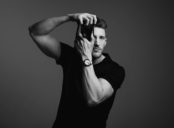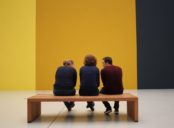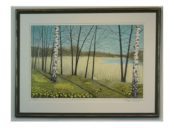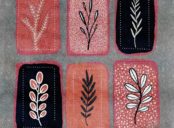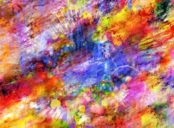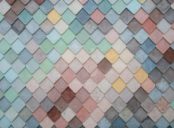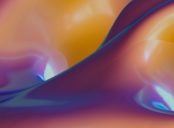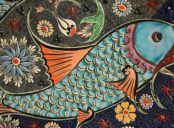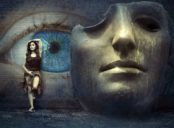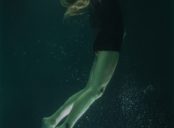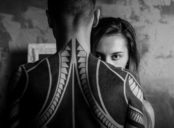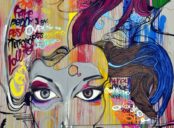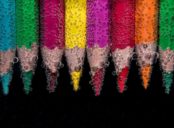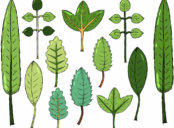Fashion illustration: A Comprehensive Guide
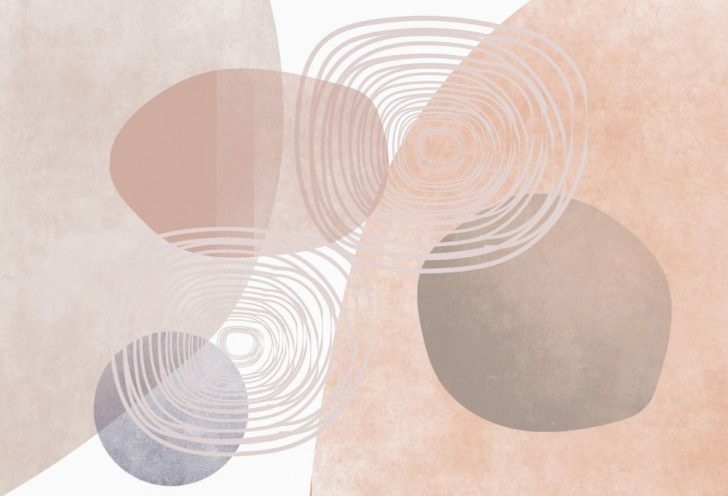
Introduction:
Fashion illustration is an art form that combines creativity, fashion, and drawing skills to visually represent clothing designs. It plays a crucial role in the fashion industry, serving as a means of communication between designers, clients, and manufacturers. In this article, we will delve deeply into the world of fashion illustration, exploring its types, popularity, measurements, differences, and historical significance.
Understanding Fashion Illustration:
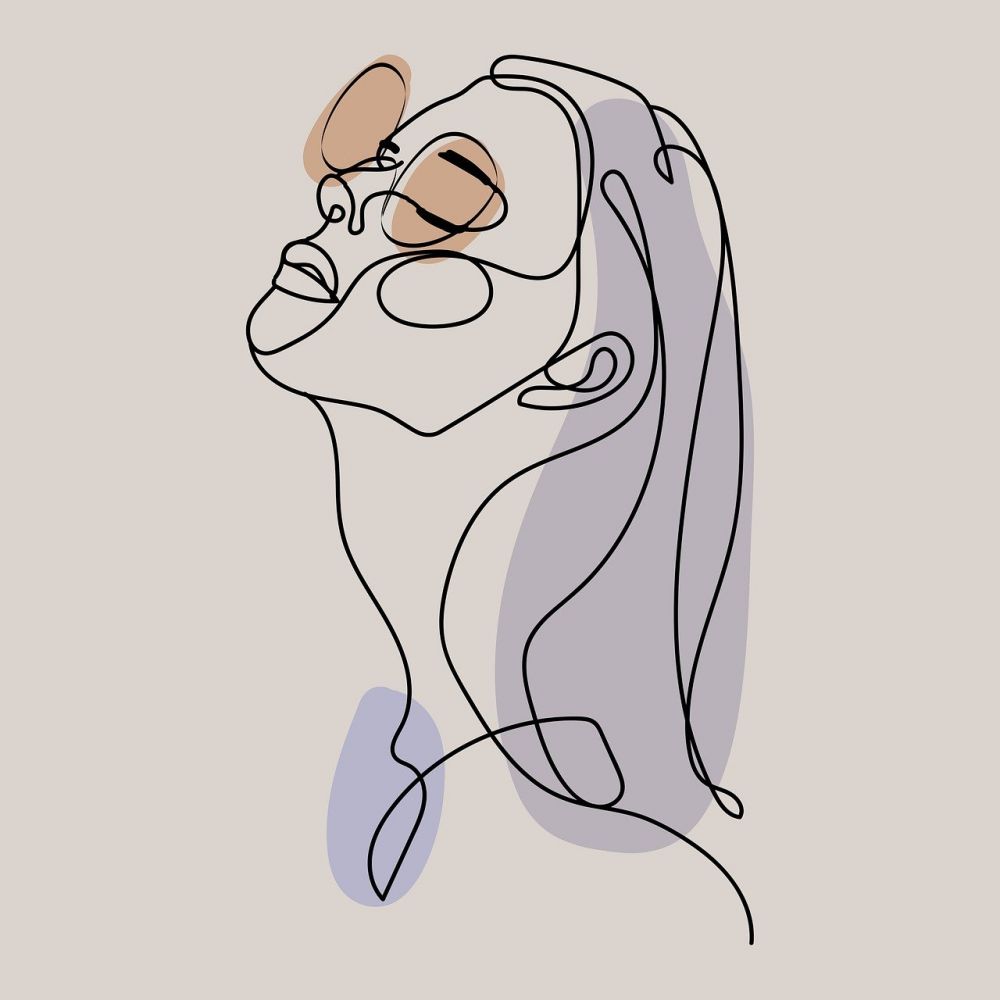
Fashion illustration is defined as the visual representation of fashion through drawing. It involves sketching and rendering figures, garments, accessories, and styling details to showcase the designer’s vision. These illustrations are used in various mediums, including magazines, advertisements, social media, and runway shows. They capture the essence of fashion collections, conveying the mood, silhouette, and aesthetics of the designs.
Types of Fashion Illustration:
The world of fashion illustration encompasses various styles and techniques. Some popular types include:
1. Realistic Illustration: This type focuses on capturing the human form and fabric details accurately. It requires advanced skills in anatomy, shading, and rendering to create lifelike representations of garments.
2. Fashion Croquis: Croquis refers to the preliminary sketches that serve as a base for fashion illustrations. Croquis templates are used by designers to quickly draw figures and experiment with different clothing designs.
3. Digital Illustration: With the advancement of technology, digital fashion illustration has gained immense popularity. Artists use digital tools and software to create illustrations, offering more flexibility and versatility in terms of editing and sharing.
4. Mixed Media Illustration: Artists often combine traditional and digital mediums, such as watercolors, markers, and digital brushes, to create unique and captivating illustrations that showcase different textures and effects.
Quantitative Measurements in Fashion Illustration:
Quantitative measurements play a crucial role in fashion illustration as they ensure accurate representation of garments. Measurements such as length, width, and proportions are essential to showcase the fit and style of the clothing. These measurements vary depending on the target audience and the designer’s specific requirements.
[Denna sektion kan utvecklas mer med exempel på olika mätningar och deras betydelse i fashion illustration]
Differences in Fashion Illustration:
Fashion illustration differs in style, technique, and purpose. Different artists have their signature styles, ranging from realistic to abstract interpretations. Additionally, fashion illustrations can vary based on the intended audience, cultural influences, and design aesthetics. Some illustrations focus on showcasing the details and construction of the garments, while others aim to convey a certain mood or concept.
[Utveckla denna sektion med exempel på olika stilar och skillnader i fashion illustration]
Historical Overview of Pros and Cons in Fashion Illustration:
Fashion illustration has a rich history that has evolved over time. In the past, hand-drawn illustrations were the primary means of showcasing designs. However, with the advent of photography and digital media, the role of fashion illustration has changed. Some advantages of fashion illustration include:
1. Creative expression: Fashion illustration allows artists to showcase their unique style and creativity, providing a distinct visual representation of fashion.
2. Versatility: Illustrations can be easily modified, allowing designers to experiment with different colors, patterns, and designs before committing to the final product.
However, fashion illustration also has some disadvantages:
1. Time-consuming: Creating intricate, detailed illustrations can be time-consuming, making it challenging to meet tight deadlines.
2. Skill requirements: Fashion illustration requires a certain level of drawing and design skills, which may limit its accessibility to those without formal art education.
[Utveckla denna sektion med mer om historiska för- och nackdelar av fashion illustration]
In conclusion, fashion illustration serves as a bridge between imagination and reality in the fashion industry. With its various types, measurements, differences, and historical significance, it continues to captivate fashion enthusiasts and professionals alike. Whether through realistic renderings, digital art, or mixed media techniques, fashion illustration remains a timeless art form that brings fashion designs to life.

